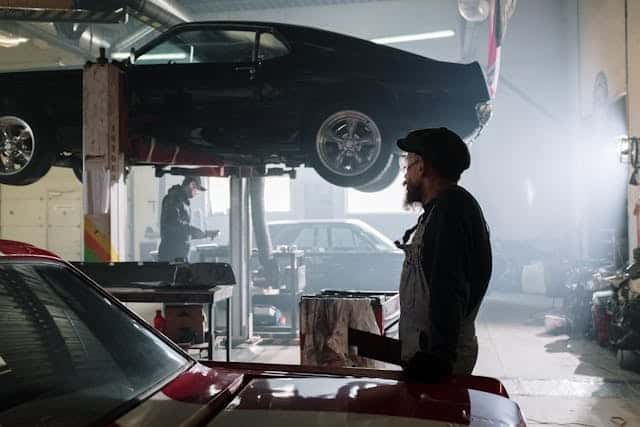How to Ensure Accurate Damage Estimates Post-Collision
 After experiencing a vehicle collision, one of the first steps towards recovery is obtaining an accurate damage estimate. This estimate is crucial for insurance claims and repair management, but getting it right can sometimes be challenging. An accurate estimate ensures that all damages are accounted for so repairs can be comprehensive, preventing future issues and additional costs. Here’s a detailed guide on how to ensure the accuracy of damage estimates following a vehicle collision.
After experiencing a vehicle collision, one of the first steps towards recovery is obtaining an accurate damage estimate. This estimate is crucial for insurance claims and repair management, but getting it right can sometimes be challenging. An accurate estimate ensures that all damages are accounted for so repairs can be comprehensive, preventing future issues and additional costs. Here’s a detailed guide on how to ensure the accuracy of damage estimates following a vehicle collision.
Understanding the Estimation Process
Knowledge of the Process
Before you can ensure the accuracy of an estimate, it’s important to understand how the estimation process works. Typically, this process involves a thorough inspection of the vehicle by a trained technician or estimator who assesses both visible and underlying damages. They will use a combination of manual inspection techniques and computerized tools to determine the extent of damage and the cost of repairs.
The Role of Technology
Modern repair shops use advanced technology to assist in damage assessment. Tools like 3D imaging and laser scanning can provide a deeper insight into structural damages that are not visible to the naked eye. Understanding the technology used in your repair shop can give you confidence in the accuracy of the estimates provided.
Choosing the Right Repair Shop
Shop Certification and Reputation
Select a repair shop that holds certifications from reputable organizations. Certified shops are required to maintain high standards in their work and are often more reliable. Additionally, look at the shop’s reviews and testimonials to gauge their reputation for accuracy and customer satisfaction.
Experience with Similar Vehicles
Choose a shop with experience in repairing vehicles similar to yours. Different vehicles can present unique challenges in terms of repair complexity and parts availability. Shops familiar with your type of vehicle are more likely to provide accurate estimates and effective repairs.
Involvement in the Estimate Process
Be Present During the Estimate
If possible, be present when the estimate is being conducted. This allows you to ask questions, provide additional information about the accident, and understand the damages being noted. Your involvement can ensure that no significant damage is overlooked.
Ask for a Detailed Breakdown
Request a detailed breakdown of the estimate. This should include a comprehensive list of all repairs needed, the cost of parts, and labor charges. A detailed estimate helps prevent surprises during or after the repair process and can be useful if you need to contest any part of the insurance claim.
Handling Insurance Claims
Coordinate with Your Insurance
Immediately inform your insurance company about the collision and the need for an estimate. Some insurers may require that estimates be obtained from their approved network of shops. Coordinating closely with your insurer can help ensure that the estimates meet their requirements and that you receive the maximum benefit from your policy.
Independent Assessments
Consider getting a second opinion if the estimate seems off or if your insurer disputes the shop’s assessment. Independent assessments can provide a comparative perspective that ensures fairness and accuracy in the estimate provided.
Conclusion
Ensuring accurate damage estimates after a vehicle collision is essential for managing repairs and insurance claims effectively. By understanding the estimation process, choosing the right repair shop, actively participating in the estimate process, and effectively handling insurance matters, you can help ensure that your vehicle is restored to its pre-accident condition without unnecessary delays or expenses. Being informed and proactive is key to navigating post-collision repairs successfully.
